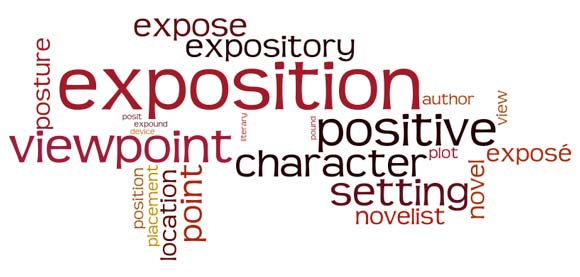Poems are best described as imaginative language that express the feelings of the poet, or ideas and emotions in general. There are many different kinds of poetry and ways to express it.

How poetry is expressed as
EXPRESSED AS MUSIC
Long ago, poems were made into music, which is probably the reason why music nowadays still rhyme. The kind of poetry expressed in music is mostly organized in stanzas, which are paragraphs with four lines in total. There are different ways to make the stanzas rhyme together
EXPRESSED FOR FEELINGS/ART
People usually express their feelings through poetry. It isn’t an uncommon thing to find poetry about laments or anger or excitement. Sometimes, people use it as expressing the beauty of life or art.
Different forms of poetry
1. Haiku
Haikus are short Japanese kind of poetry, organized in a paragraph with three lines. The special thing about haikus is that the first line and the third line only have five syllables, but the second line only has seven syllables.

2. Free Verse
Free verse is an open form of poetry that seems entirely random. They don’t have any rhymes or meter patterns. They are usually in a form of natural speech. But they aren’t entirely random. They display some artistic expression.

3. Sonnet
Sonnets are fourteen-line poems which follow a strict rhyme pattern and a specific structure. If the first stanza of sonnets are in ABAB form, then the next stanza should also be in ABAB form.
Example of ABAB form


4. Acrostic
This is a type of poetry where the first letter of the lines spell a word or phrase that is the main point of the whole poem. They are usually short and not so long nor complicated. Sometimes, when people dedicate poems to someone else, the first letter of the first word on each line spells the person’s name.

5. Concrete Poetry
Concrete poetry is a kind of poem where the format of the poem is shaped into the picture of the topic of the poem. For instance, if you are writing a concrete poem about a tornado, then your poem would be organized into a shape of a tornado.




![Image result for thought bubble]](https://i.etsystatic.com/7015608/r/il/109785/715992951/il_570xN.715992951_3wie.jpg)




